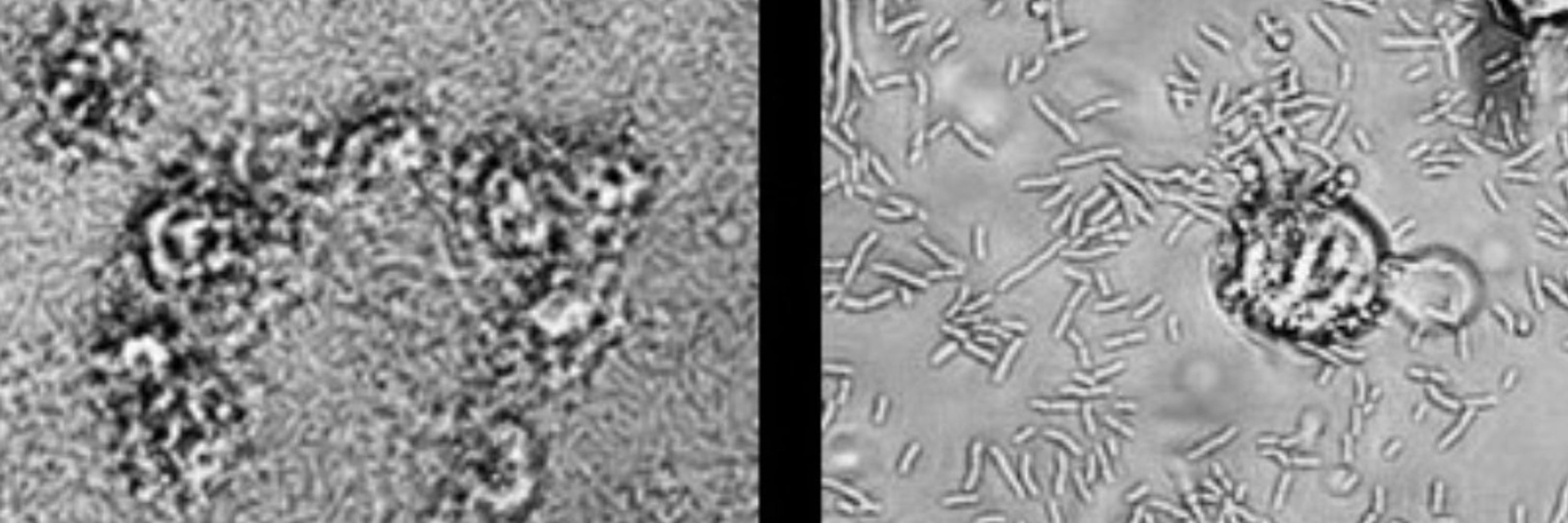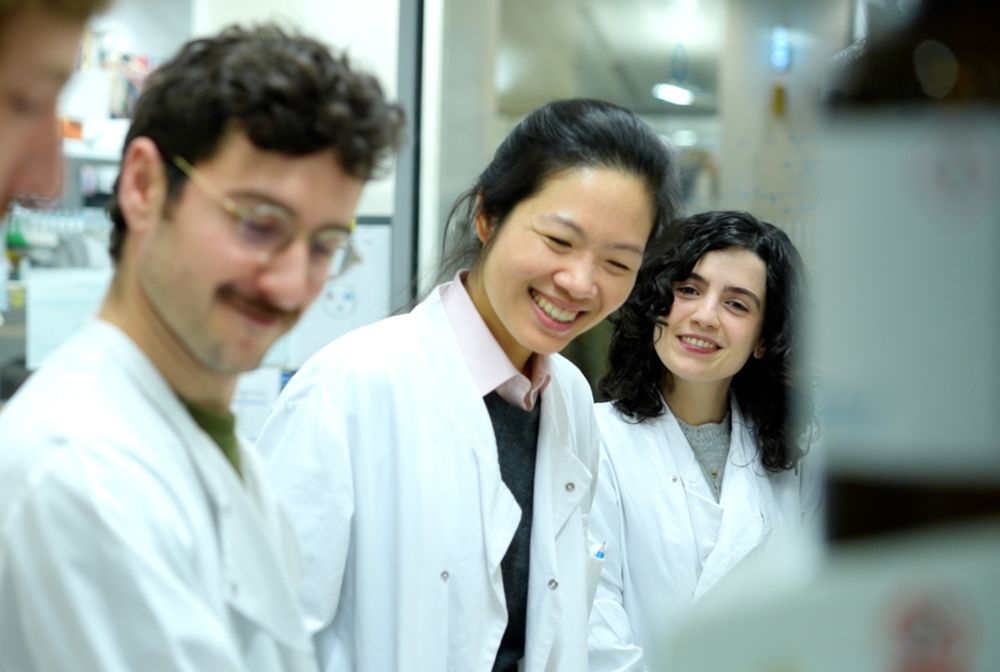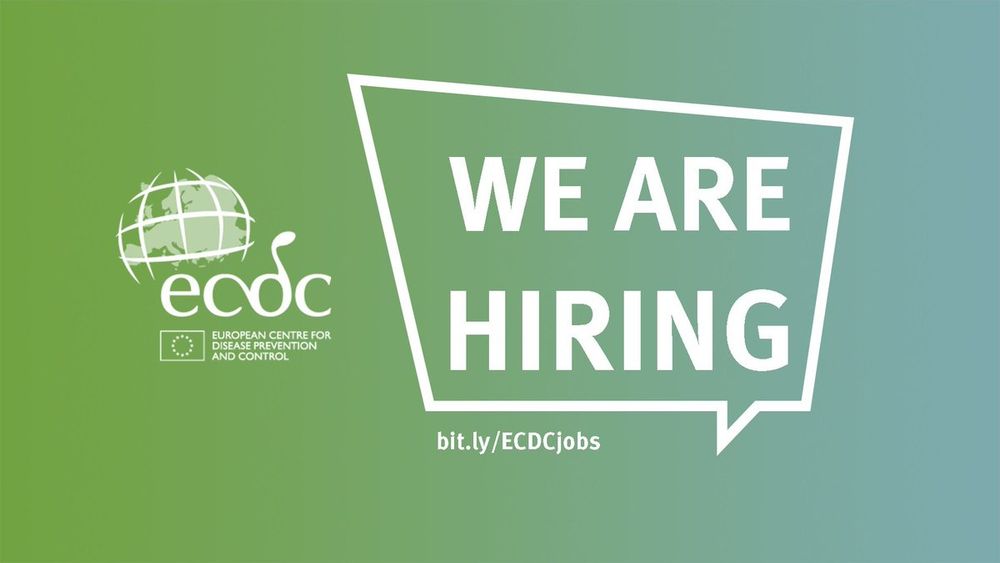
PI: Dr Aoife Boyd. Host-microbe interactions: pathogenic Vibrio bacteria. Marine aquaculture. Natural antimicrobial molecules. Microbes & venomous animals.
https://orcid.org/0000-0002-4631-9792

💷 £37,500 to £45,350
🗓️ Apply by 28 November 2025
➡️ buff.ly/hFGpGvP

💷 £37,500 to £45,350
🗓️ Apply by 28 November 2025
➡️ buff.ly/hFGpGvP
📅 November 26
📷 11:30
📍Boca da Baleia, CIIMAR
More details here: www.ciimar.up.pt/events/neptu...
#CIIMARevents #CIIMARseminars #CIIMARresearch

📅 November 26
📷 11:30
📍Boca da Baleia, CIIMAR
More details here: www.ciimar.up.pt/events/neptu...
#CIIMARevents #CIIMARseminars #CIIMARresearch
🗓️13-18 September 2026
📍Sant Feliu de Guixols, Spain
📝Program and registration info: meetings.embo.org/event/26-bac...
👩🔬Organised with co-chair @s-lab.bsky.social and ECR @coralietesseur.bsky.social
#MicroSky

🗓️13-18 September 2026
📍Sant Feliu de Guixols, Spain
📝Program and registration info: meetings.embo.org/event/26-bac...
👩🔬Organised with co-chair @s-lab.bsky.social and ECR @coralietesseur.bsky.social
#MicroSky

- Lab set-up, research costs, salaries for up to 5 researchers
- Support for up to 12 years
- Access to our core facilities
- Competitive salary
- Fantastic colleagues
- All areas of biology
Deadline 27 Nov
www.crick.ac.uk/careers-stud...

- Lab set-up, research costs, salaries for up to 5 researchers
- Support for up to 12 years
- Access to our core facilities
- Competitive salary
- Fantastic colleagues
- All areas of biology
Deadline 27 Nov
www.crick.ac.uk/careers-stud...
We show how interactions within gut microbiomes allow certain antibiotic-resistant E. coli strains to persist even without antibiotics, helping explain how resistance is maintained in the human gut.
Now published in @natcomms.nature.com rdcu.be/eOf63

We show how interactions within gut microbiomes allow certain antibiotic-resistant E. coli strains to persist even without antibiotics, helping explain how resistance is maintained in the human gut.
Now published in @natcomms.nature.com rdcu.be/eOf63


Find out more & apply: www.jic.ac.uk/training-car...
@johninnescentre.bsky.social #AppliedMicrobiology #MolecularMicrobiology

Find out more & apply: www.jic.ac.uk/training-car...
@johninnescentre.bsky.social #AppliedMicrobiology #MolecularMicrobiology

🔗 bit.ly/4hujsRG
@livuninews.bsky.social | #TeamLivUni

Met Eireann would like to rescue millions of weather observations taken in Ireland over many decades that are still stuck on paper. #WeatherRescue
Anyone can help: www.zooniverse.org/projects/met...

Met Eireann would like to rescue millions of weather observations taken in Ireland over many decades that are still stuck on paper. #WeatherRescue
Anyone can help: www.zooniverse.org/projects/met...
🎨 📷 Showcase your talent in photography/art whilst highlighting the impact of #biofilms
🏆Gift cards will be awarded in both categories
🗳️biofilms.ac.uk/create
#scicomm #AMR #MicroSky #biofilm

🎨 📷 Showcase your talent in photography/art whilst highlighting the impact of #biofilms
🏆Gift cards will be awarded in both categories
🗳️biofilms.ac.uk/create
#scicomm #AMR #MicroSky #biofilm
"We need you to complete 26 hours of lab safety training 🧪 each year so that everyone is safe and responsible."
Also university administration:

"We need you to complete 26 hours of lab safety training 🧪 each year so that everyone is safe and responsible."
Also university administration:
🚀Apply for junior group leader positions in our HUMAN program by November 26.
www.helmholtz-hzi.de/en/career/jo...
www.helmholtz-hzi.de/en/career/jo...

🚀Apply for junior group leader positions in our HUMAN program by November 26.
www.helmholtz-hzi.de/en/career/jo...
www.helmholtz-hzi.de/en/career/jo...
Hear our Director, Edith Heard, explain why the Crick is a unique place for curiosity-driven research.
Apply now ➡️ www.crick.ac.uk/careers-stud...
Hear our Director, Edith Heard, explain why the Crick is a unique place for curiosity-driven research.
Apply now ➡️ www.crick.ac.uk/careers-stud...
tRNA-modifying enzymes in bacterial stress adaptation:
How tRNA mods rewire translation under oxidative + antibiotic stress (MoTTs, moonlighting, therapy angles).
Read: doi.org/10.1098/rsob...
#RNAsky #microsky #AMR #RNAmodifications

tRNA-modifying enzymes in bacterial stress adaptation:
How tRNA mods rewire translation under oxidative + antibiotic stress (MoTTs, moonlighting, therapy angles).
Read: doi.org/10.1098/rsob...
#RNAsky #microsky #AMR #RNAmodifications

Join our upcoming residential meeting in Manchester on obligate intracellular bacteria on 3-4 November 2025.
royalsociety.org/science-even...

Join our upcoming residential meeting in Manchester on obligate intracellular bacteria on 3-4 November 2025.
royalsociety.org/science-even...
➡️ Belgium reports its first WNV outbreaks in wild birds – a new EU country affected
➡️ 989 human cases & 63 deaths across 13 countries
➡️ 127 equid & 217 bird outbreaks across 9 countries
More 👉 link.europa.eu/fNP38x

➡️ Belgium reports its first WNV outbreaks in wild birds – a new EU country affected
➡️ 989 human cases & 63 deaths across 13 countries
➡️ 127 equid & 217 bird outbreaks across 9 countries
More 👉 link.europa.eu/fNP38x
#ECDC is looking for new leaders to strengthen Europe’s defences against infectious diseases.
🧭 Head of Unit – Resource Management Services
🗣️ Head of Section – Science & Public Health Communication
📅 Apply by early November → bit.ly/ECDCjobs
#ECDC #EUJobs #EUCareers

#ECDC is looking for new leaders to strengthen Europe’s defences against infectious diseases.
🧭 Head of Unit – Resource Management Services
🗣️ Head of Section – Science & Public Health Communication
📅 Apply by early November → bit.ly/ECDCjobs
#ECDC #EUJobs #EUCareers
🗓️ October 10th, 2025
⏰ 1:00 - 2:00 PM UTC
Please register now: aircent.re/4nrJNlA

🗓️ October 10th, 2025
⏰ 1:00 - 2:00 PM UTC
Please register now: aircent.re/4nrJNlA

